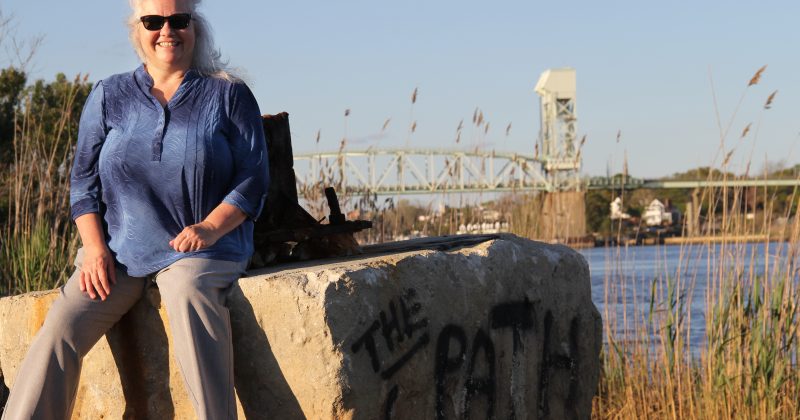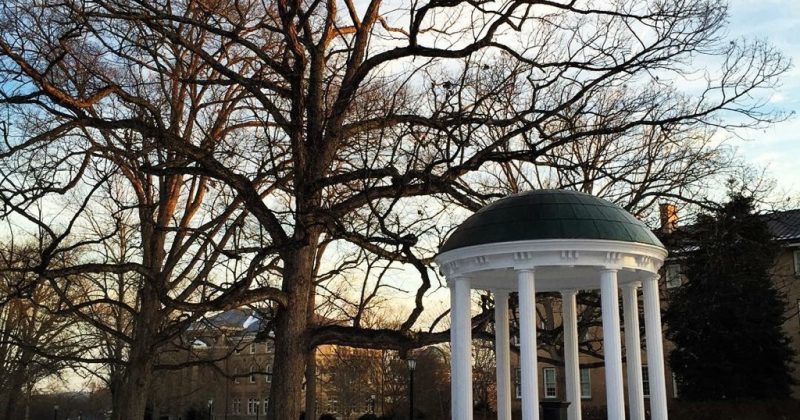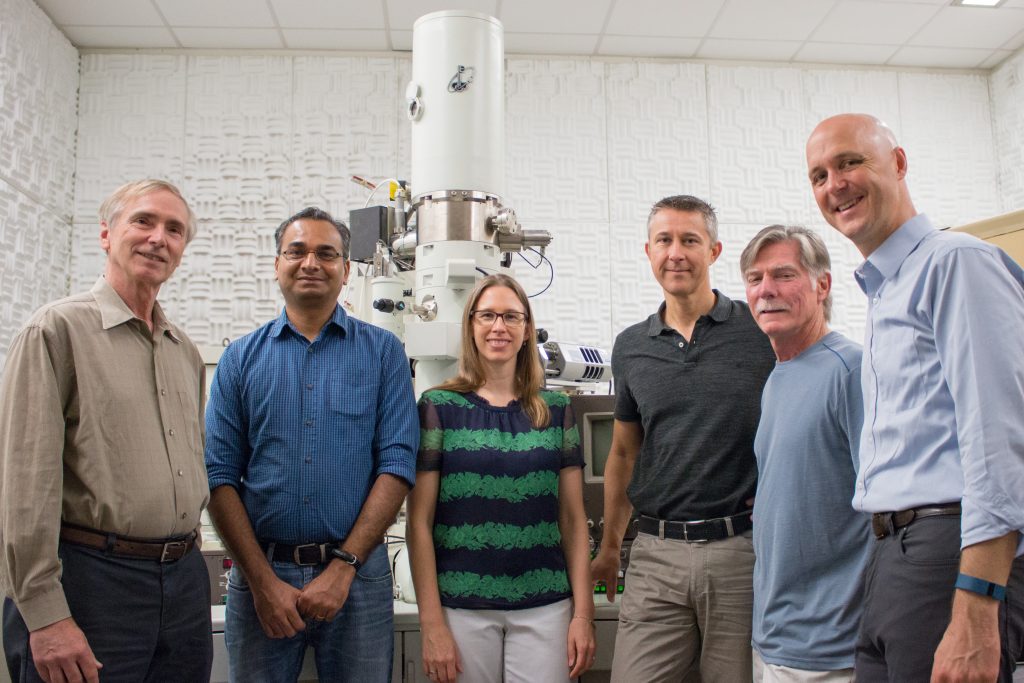
From left, Chapel Hill Analytical and Nanofabrication Laboratory (CHANL) staff members Wallace Ambrose, Amar S. Kumbhar and Carrie Donley support the nanocomposites research of professors Theo Dingemans, Greg Forest and Peter Mucha —producing high-resolution images of carbon nanotubes embedded in crystalline polymer. (photo by Kristen Chavez)
UNC researchers converge to pool their talents, creating nanocomposites with extraordinary properties
The telephone was used for one thing: making calls. A cell phone, in contrast, provides a small office’s worth of functions, from email and music to video editing and GPS. Making materials multifunctional is the goal of a team of UNC scientists from diverse disciplines. How about a coating that is completely impermeable — able to conduct, perhaps even generate, electricity?
Theo Dingemans, professor of applied physical sciences, explains his collaborative work this way: “For the people who build cars or airplanes, we want them to have new materials that allow them to design newer, faster, cheaper, more fuel-efficient machines.”
Dingemans compares the new composite materials that he and his colleagues are designing to Legos. “Lego blocks are available in many different shapes and forms so kids can let their creativity run wild and build fun structures. We do the same thing in that we design new molecular ‘Legos’ so material scientists and engineers can let their creativity run wild and design new structures with new functionalities.”

The scale on which Dingemans and his colleagues — mathematics professors Greg Forest and Peter Mucha and applied physical sciences assistant professor Daphne Klotsa — work is tiny, measured in nanometers. How small is a nanometer? A human hair is approximately 80,000 to 100,000 nanometers thick. An antibody is about 10 nanometers; a virus is about 100 nanometers.
Nanotechnology has unleashed an entirely new design space for materials. A nanocomposite is made of a matrix material — such as a polymer or plastic — mixed with a small number of rod-like nanoparticles to add impermeability, conductivity or other properties such as strengthening rebar. The addition of a small amount of tiny particles dramatically changes the properties of the overall material. For example, imagine a computer you could roll up and fold like a piece of paper.
The team develops and validates nanocomposites both virtually and experimentally.
Forest, who is the Grant Dahlstrom Distinguished Professor of Mathematics, describes the process: “The idea is to insert nanoparticles into a polymer matrix at very small volume fractions so that the composite acquires the special properties of the nanoparticles. For example, 1 to 2 percent volume of conducting rod-like nanoparticles can make a polymer nanocomposite conduct electricity even though the host polymer does not.”
The process of developing these nanoscale composites relies on a variety of expertise, a coming together of different disciplines sometimes referred to as “convergent science.” The team relies on Forest and Mucha’s theoretical and computational modeling, Klotsa’s zoom-out view of nanostructures (called coarse-grained modeling) and Dingemans’ polymer chemistry research and experimentation.
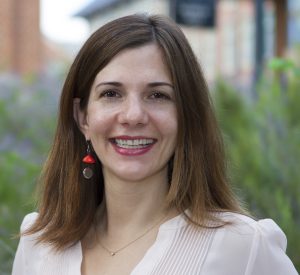
Convergent science benefits from multiple, diverse expertise when approaching a research question. It streamlines Dingemans’ experiments to be more cost-effective and targeted. “Every new piece of experimental information the team provides affects what we might choose to model or how we’re going to go about it,” says Mucha.
Klotsa adds, “Each model brings in different knowledge and has different constraints so you can access only certain types of information, and then someone else has to take over. “
Their successful convergent science approach has attracted funding from the Army Research Office (ARO), among other agencies.
The scientists say this collaborative process has changed the way they conduct research.
“It’s highly time-consuming, but toward a greater end of achieving something that none of these groups could have done on their own,” Mucha explains.
“Working this way, you get a lot more done, you learn a lot more and it’s more fun,” says Dingemans. “I think it makes a difference in this field and a bigger impact on the world.”
Forest adds that UNC graduate and postdoctoral students also benefit from a convergent science environment.
“The problems our students work on are not direct applications of what we already know. They’re working on problems where new knowledge of chemistry, processing materials, mathematics and computation is needed — work that will move nanotechnology, and their careers, forward.”
Read a Q&A with professor Rich Superfine about convergent science.
By Dianne Gooch Shaw ’71
Published in the Fall 2017 issue | Features
Read More
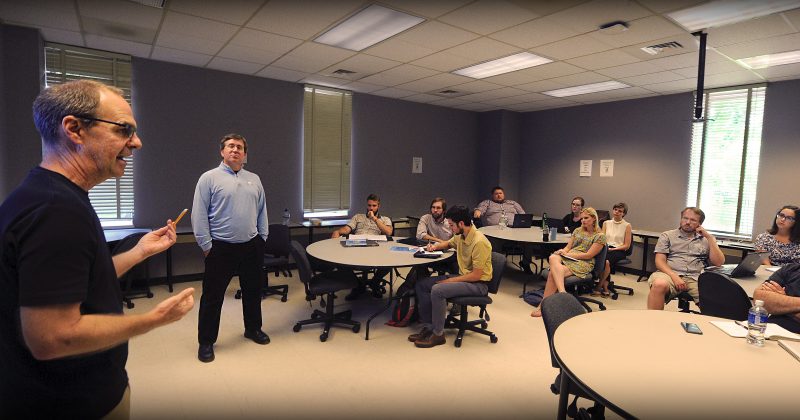
Digital literacy fast-forwards at Carolina
A pioneering initiative ensures every Tar Heel student has free…


